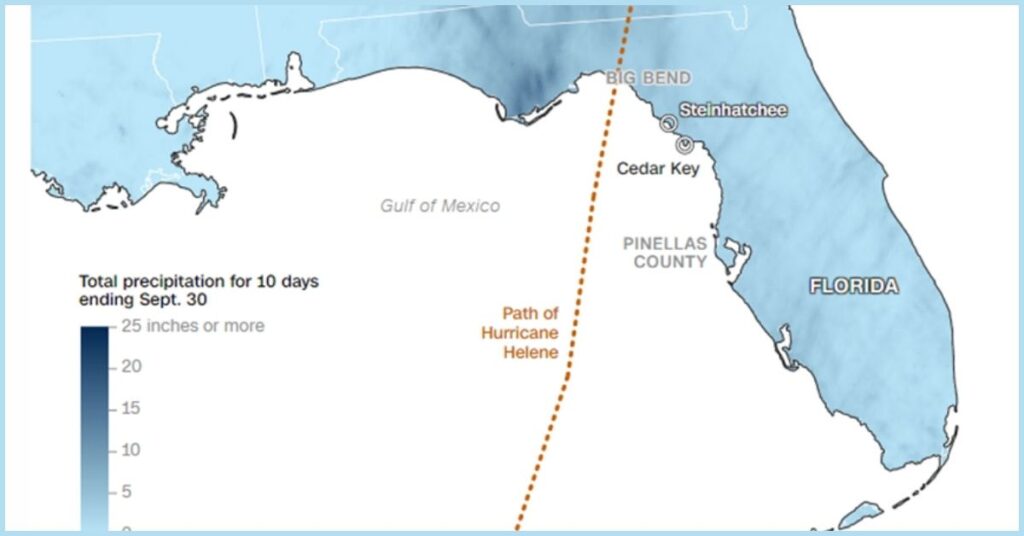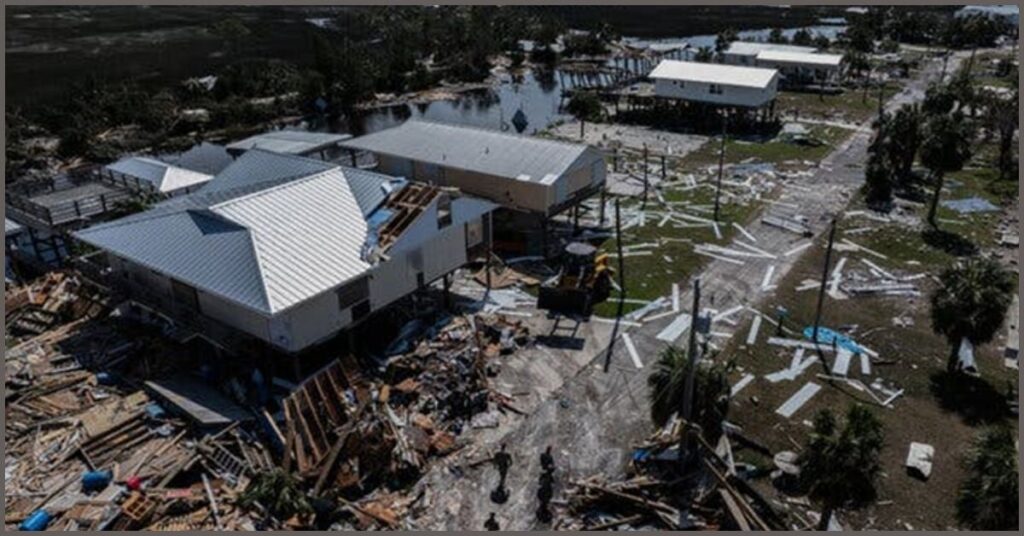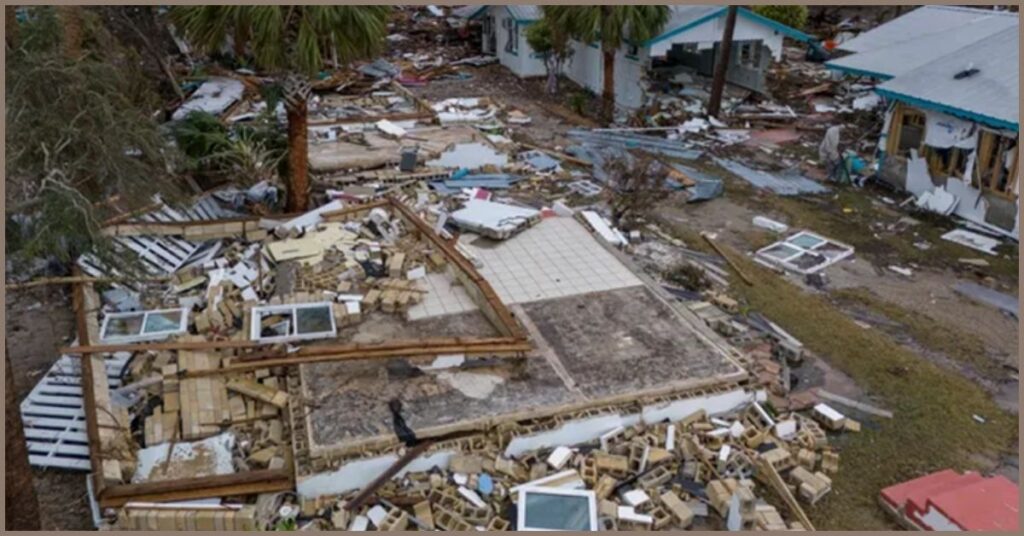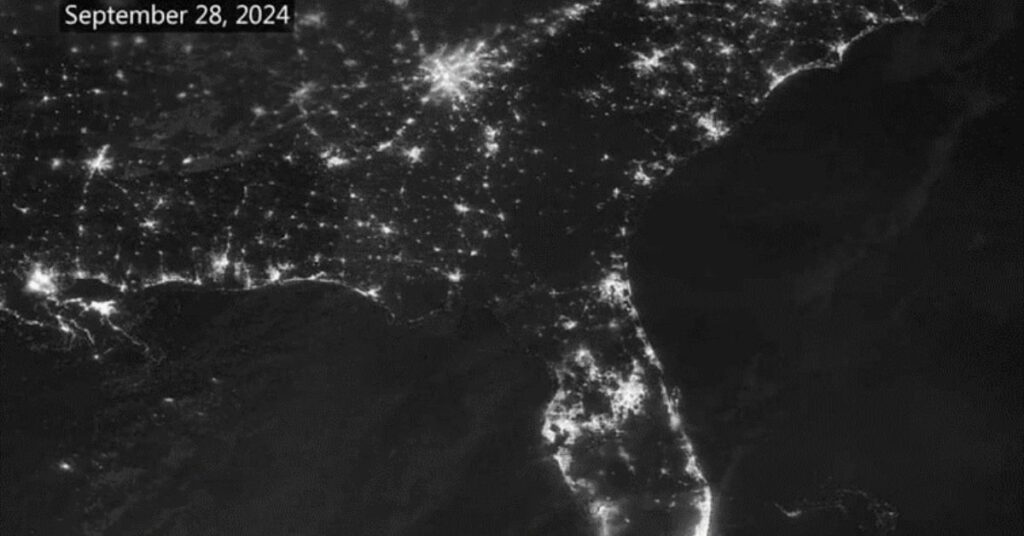What are hurricanes?
Tropical storms are defined as rotating low-pressure weather systems with maximum sustained winds of 39 mph or more. Tropical cyclones are characterized by structured thunderstorms but no fronts. Storms having sustained maximum winds of 74 mph are classified as hurricanes. The Saffir-Simpson Hurricane Wind Scale rates hurricanes from 1 to 5 according to their maximum sustained winds. The likelihood of property destruction from a hurricane increases with its category.
Where do the hurricanes originate?
In addition to the eastern and, less frequently, the central North Pacific oceans, hurricanes start in the Atlantic basin, which includes the Caribbean Sea, Atlantic Ocean, and Gulf of Mexico. They can appear along any U.S. coast or any place in the Atlantic or Pacific oceans.
When does the hurricane season start?
The “Hurricane Season” officially begins on June 1 and ends on November 30, though storms can and have occurred outside this time range. These powerful storm systems, which typically occur in the Atlantic basin 12 times a year, are forecasted and monitored by NOAA’s National Hurricane Center.
What are the effects of hurricanes?
Hurricanes are hazardous and have the potential to cause significant damage through flooding, rip currents, wind damage, and storm surge. Storm surges have historically been the primary cause of hurricane-related deaths in the United States.
What is Hurricane Helene?
Hurricane Helene set records for storm surge along Florida’s Gulf Coast, which is particularly susceptible to storm-driven flooding due to its shallow water. One of the most powerful storms to ever hit the United States, Hurricane Helene brought heavy rain and gusts of up to 140 mph (225 km/h). It was the eighth named storm, the fifth hurricane, and the second major hurricane of the 2024 Atlantic hurricane season. Helene is the fourth storm to hit the United States in 2024. There have only been four or more hurricane landfalls in five other years on record: 1886, 1909, 1985, 2005, and 2020.

Image source: NOAA/National Hurricane Center
Comparing Helene with Idalia Hurricane (2023)
According to the National Hurricane Center, Helene’s tropical storm winds extended 310 miles (500 kilometers) before making landfall. In comparison, Idalia, a significant hurricane that hit Florida’s Big Bend region last year, had tropical storm winds that stretched 160 miles (260 kilometers) roughly eight hours before landfall.
Where did Hurricane Henele make landfall?
It made landfall as a Category 4 hurricane in the Big Bend area of the Florida Gulf Coast late on September 26, 2024, around 11:10 p.m. ET. By early Friday afternoon, a hurricane had been downgraded to a tropical depression with sustained maximum winds of 35 mph (55 kph), according to the National Hurricane Center.

Path of Hurricane Helene (Source: NOAA Graphic: Curt Merrill, CNN)
Hurricane Helene’s path after landfall
From the Gulf Coast of Florida to the Big Bend, Helene’s destructive course began. The region saw up to 15 feet of surge, according to preliminary reports from the National Weather Service. Helene moved into Georgia as a Category 2 hurricane early Friday morning, after two days of heavy rain. The storm continued to destroy everything in its path as it forced its way across the Blue Ridge Mountains. As it approached the Carolinas, Helene weakened into a tropical storm, but its fury remained unabated. It heaped heavy rain onto mountain communities. Farther inland, Helene’s landscape-altering impacts reached Tennessee. Parts of Virginia also suffered Helene’s blow, leaving two dead from storm-related tree fall and building collapse, and hundreds of thousands without power.
Historical about Helene
Helene ranks as the seventh most powerful hurricane to strike Florida and tied for the 14th most powerful storm to ever impact any part of the United States, according to data from the National Hurricane Center.
The French Broad River, which runs more than 200 miles from North Carolina to Tennessee, smashed prior records Friday. According to National Oceanic and Atmospheric Administration statistics, the river reached about 25 feet by late afternoon, exceeding the previous record of 23.1 feet set on July 16, 1916.
Helene’s impact:
Large areas of the area were rendered unrecognizable in a little of 48 hours. The Southeast is reeling from broad destruction after Hurricane Helene made landfall in Florida’s Big Bend region and swept over numerous states, killing at least 103 people, knocking out electricity to millions, and trapping families in floodwaters. Days of continuous flooding in North Carolina have turned roadways into streams, leaving many people without basic needs and putting a burden on governmental services. It left behind a chaotic scene of overturned boats in harbors, downed trees, submerged cars, and flooded streets.

Homes were destroyed after Hurricane Helene passed through Keaton Beach, Fla.Credit…Paul Ratje for The New York Times
The death toll after Helene
As of October 6, it was revealed that the storm had killed at least 234 people in six states: Florida, Georgia, North Carolina, South Carolina, Tennessee, and Virginia (New York Times). Rising floodwaters, falling trees, car crashes, and tornadoes were among the causes of fatalities. With at least 119 verified deaths by state officials, North Carolina has the highest toll to date.

Image Source: GREG LOVETT/THE PALM BEACH POST
Power outage
According to PowerOutage.us, over 4 million consumers remained without power on Saturday afternoon across South Carolina, North Carolina, Georgia, Florida, and Virginia. Authorities cautioned that it could take several days before all services were restored. The greatest disruptions were in South Carolina, where over 1 million households and businesses were without power, and Georgia, where 750,000 were without electricity. As of Saturday evening, North Carolina had about 620,000 people without power.

A satellite image from the National Oceanic and Atmospheric Administration shows where the storm knocked out power for millions (NWS GSP).
Halting life activities
The storm has prompted the closure of schools, airports, and roads across Florida as Helene developed. Fuel and water supplies were interrupted, and people in affected areas were left in a communications void, frantically searching for Wi-Fi to try to contact loved ones. According to FlightAware, a flight tracking service, more than 1,500 flights in the United States had been canceled, while 28,500 had been delayed as of late Friday.
Estimated loss
Moody’s Analytics estimated that the hurricane will cause $15 to 26 billion in property damage, with most of it affecting Florida, Georgia, and the Carolinas. According to an early estimate by AccuWeather, Helene’s devastating winds and water produced between $95 and $110 billion in damage and economic loss, making it one of the most expensive storms in history. Biden has so far approved about $140m (£107m) in federal help.
According to a release from AccuWeather, the estimate includes lost income, airline delays, supply chain damage, and damage to homes, businesses, roads, cars, and the consequences of power outages.
Tornado watch after Hurricane Helene
Hurricanes can generate tornadoes for two or three days after moving ashore. At 8:05 a.m., NOAA issued a tornado watch for regions of North Carolina, Eastern South Carolina, Southern Virginia, and surrounding coastal areas until at least 6 p.m. on Friday.
On Friday, September 27, 2024, two EF-1 tornadoes made landfall in Vance and Durham counties, according to the National Weather Service (NWS). Two more tornadoes were confirmed by the NWS in the ABC11 viewing area on Friday. On Friday afternoon, an EF-3 tornado slammed Rocky Mount, causing 14 buildings to be damaged and 15 people to be injured. Sampson County was struck by an EF-1 tornado. It smashed trees and downed power lines in Helltown as it drove more than three miles at 95 mph.
Rise of New Hurricane in the USA
Less than two weeks after Hurricane Helene devastated the area, Hurricane Milton is predicted to make landfall in Tampa Bay, a densely populated metropolis, on Wednesday.
Hurricane Milton, which briefly reached category five strength before reverting to category four as it moves into Florida, has prompted warnings from US officials about the threat to human life.
As Milton passes the northern tip of Mexico’s Yucatan peninsula, it continues to pack fierce gusts of up to 155 mph (250 km/h). Coastal communities could experience “potentially catastrophic” storm surges, according to National Hurricane Center (NHC) forecasters.
References
https://www.cnn.com/2024/09/29/weather/hurricane-helene-florida-georgia-carolinas-sunday/index.html
https://www.cnn.com/2024/09/28/weather/hurricane-helene-florida-georgia-carolinas/index.html
https://www.bbc.com/news/articles/czd13mezz7mo
https://www.washingtonpost.com/climate-environment/2024/09/28/helene-storm-surge-city-impact
https://www.nytimes.com/2024/09/29/us/helene-destruction-florida-north-carolina.html

